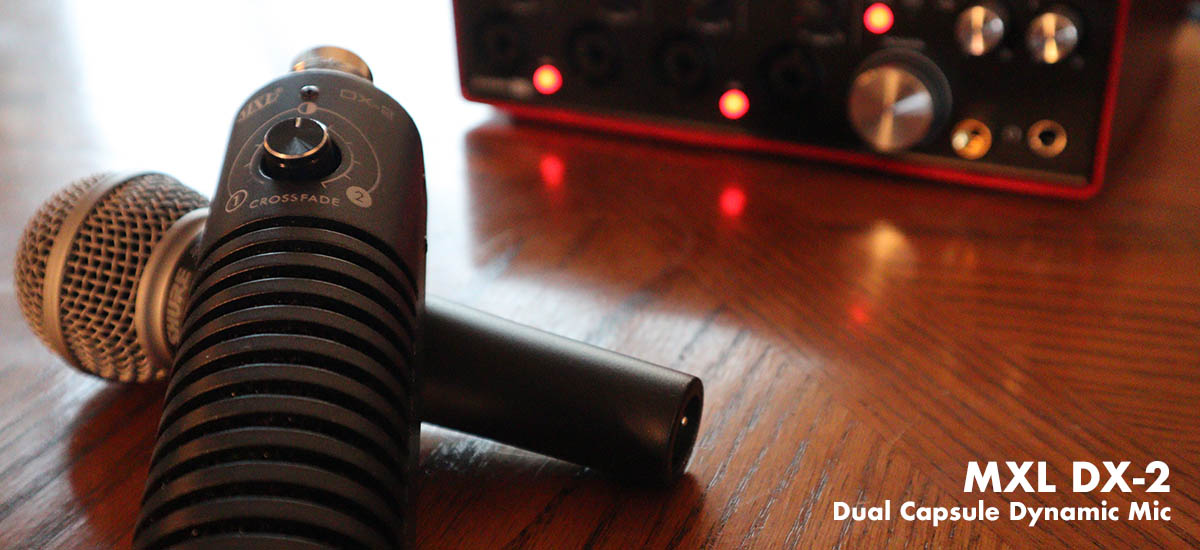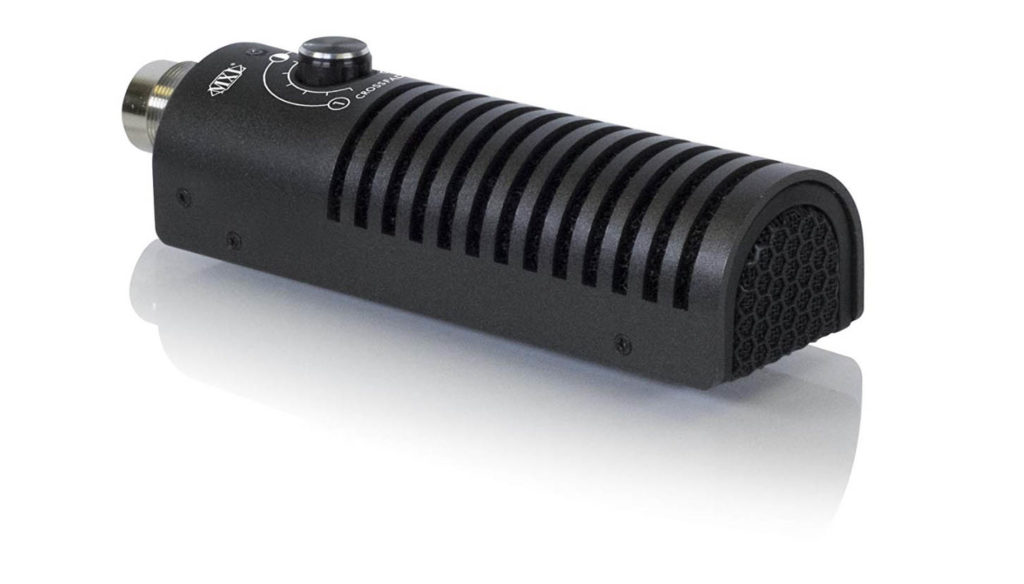Table of Contents
DX-2 Quick Review
The DX-2 Dual Capsule microphone from MXL is a unique dynamic mic that provides a full range of tones via two independent cardioid capsules, making it a choice mic for dialing in the perfect guitar or bass amp tone. The DX-2 is built like a tank, and feels as solid as its ubiquitous amp mic brethren. This mic is also quite affordable coming in at $79.99. This is a great addition to your set of amp and instrument mics, or a perfect starter mic if you’re just getting into recording. While the DX-2 won’t be replacing the SM57 anytime soon, it is certainly a worthy mic to have in quiver right alongside of it.
MXL DX-2 Dual Capsule Dynamic Microphone, Amazon
SIDENOTE – Throughout this article, I’ll be comparing this microphone to a Shure SM57. This being one of the most ubiquitous and well known instrument and amp microphones on the market, most users will use this as a reference from which to judge other microphones in the same category.
DX-2 Audio Samples
Here are audio samples of the DX-2 in action. Because the mic is designed, in part, to be draped over the top of an amp, this is the way I set up this test. I used a Fender 2×12 HotRod Deville on the clean channel without reverb, and ran both my Fender Strat, and Gibson ES-335 into it as noted on each audio file.
The microphones ran directly into a Focusrite Scarlett 18i8 and into Pro Tools. No effects, compression, or eq were added to these tracks.
This mic is most comparable to the Shure SM57 in purpose and response, and that is what I have compared the DX-2 against in these samples. Because the DX-2 has two mixable dynamic capsules, I have three samples with the Strat, 100% on capsule 1, 100% on capsule 2, and right in the middle 50% both 1 and 2.
DX-2 Detailed Review
MXL created the DX-2 to tackle an interesting problem. Commonly, producers will use multiple microphones on a single amp to get the exact sound that they want. This is most typically done to capture both the lower end warmth provided by an amp’s speaker, and the higher end clarity. These are typically captured with two mics which need their own preamps, then eq’d, and finally summed in the DAW or before it in some piece of hardware.
While this complex setup offers the most flexibility with the infinite combinations of variables, there are a couple downsides. The high cost of dual everything (mic, cables, stands, preamps, eq’s, etc), and most importantly phase issues. Two mics with competing phases will begin to cancel each other out. Instead of creating a full rich tone, you can actually weaken your sound the more mics you use.
The DX-2 partly addresses this issue in an interesting way. It contains two capsules, the first being a super cardioid voiced to pick up the warmth of the instrument or amp you’re recording, and the second being a smaller cardioid capsule to capture the clarity of the mid-range and high end.
There is a cross-fade knob which allows for capsule 1 and 2 to be blended together, summed inside the mic, and then sent on to the preamp. This feature is great for saving the time of messing with two different signals and processes both into the recording software. I find that dialing in just the right amount of each capsule is easy and provides the perfect blend of warmth and clarity that can only be captured through multiple microphones.
Capsules
As mentioned, the DX-2 sets two dynamic capsules in a row, and flush with each other 1 5/8″ inches apart from center to center. This placement is designed to eliminate any phasing issues that can crop up when recording a single source with two microphones.
Capsule #1 is a super cardioid that is voiced, or tuned to “capture the warmth and fullness of your instrument,” according to MXL.
Capsule #2 is a cardioid pattern which “offers superb mid-range and high end detail.” [mxlmics.com]
I opened the DX-2 up to see what the overall construction looked like and to take some measurements of the capsules.
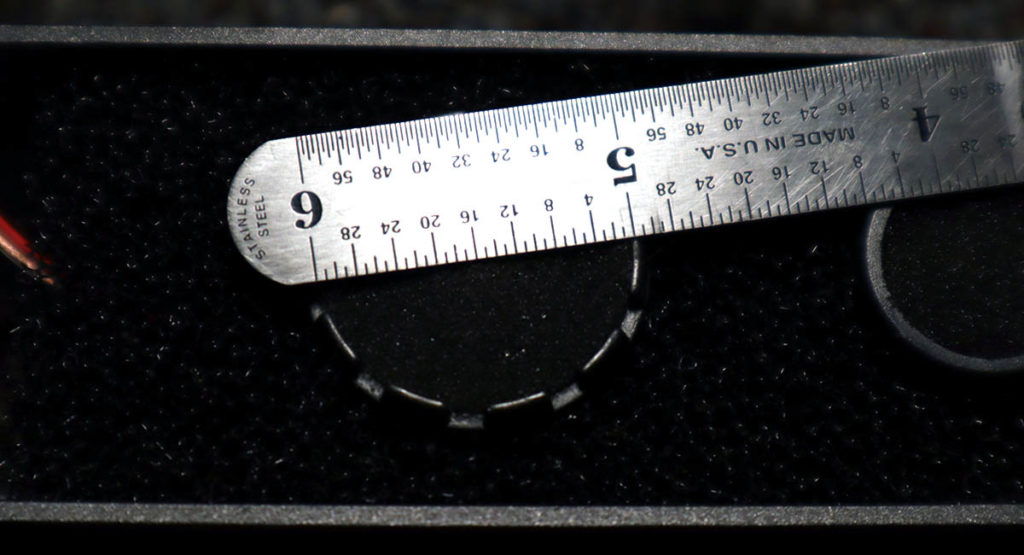
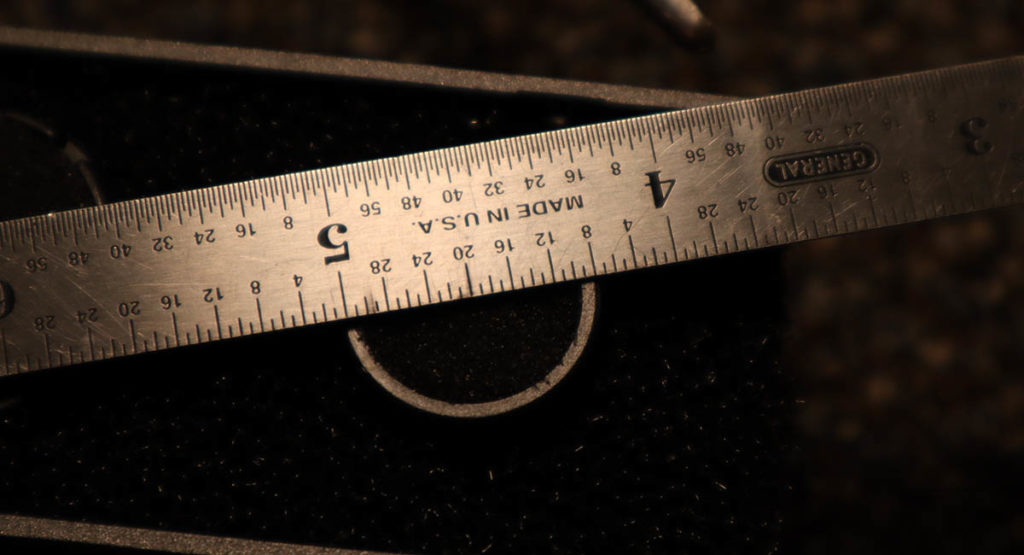
Capsule #1 which is the super cardioid is 1″ in diameter. Capsule #2, the smaller cardioid is 3/4″ in diameter. The capsules are 1 5/8″ apart from center to center.
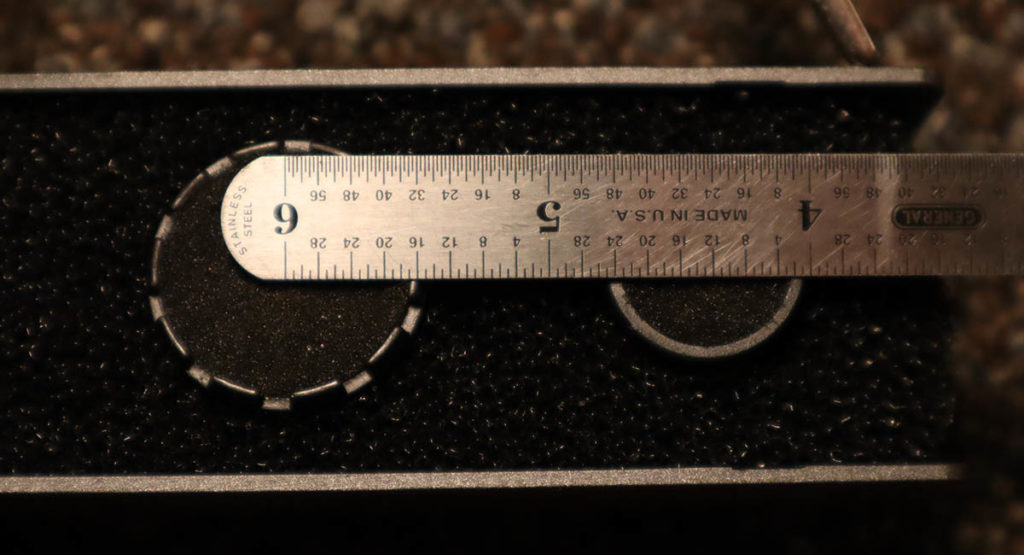
The capsules are embedded in an acoustic dampening foam material with a thin piece of foam covering the front of the capsules before the grill.
Frequency Responses
Here are the frequency response graphs from MXL for both capsules inside the DX-2. We can see that the second capsule contains a nice peak at around 7k which provides that top end clarity we can hear in the audio samples above.
Capsule 1 contains a considerable amount more low end and once we get down into the 100hz range we’re already about 5db more than capsule 2. This is where that warmth and full sound comes from. Make sure to listen to the samples above through a nice pair of speakers, or a good pair of headphones. It’s clear that capsule #1 offers more warmth and low end, while the second capsule has a nice shimmer that captures the top end well.
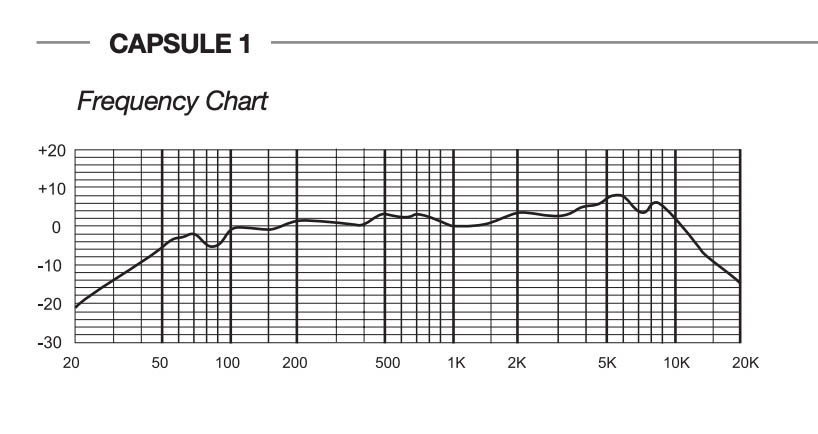
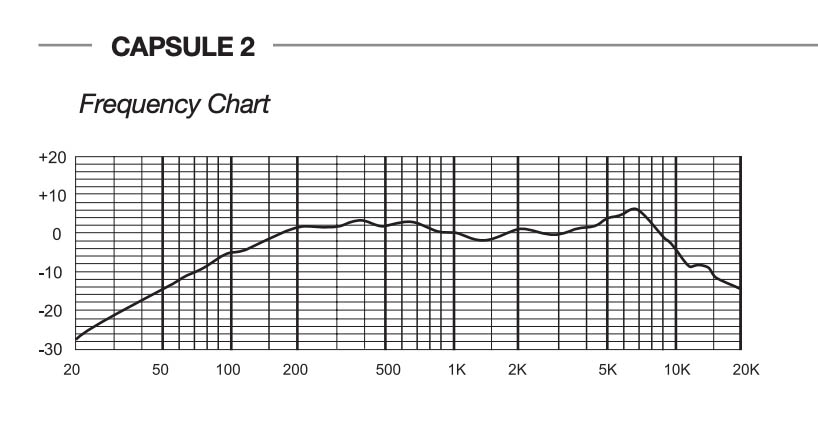
Let’s compare these to the frequency response graph of a Shure SM57.
Both capsules of the DX-2 have a higher response in the lower bass end below the 200 hz mark than the SM57, and both peak slightly later than the SM57’s 6k peak. Overall, these mics sound pretty similar, but those small differences give each mic their unique qualities.
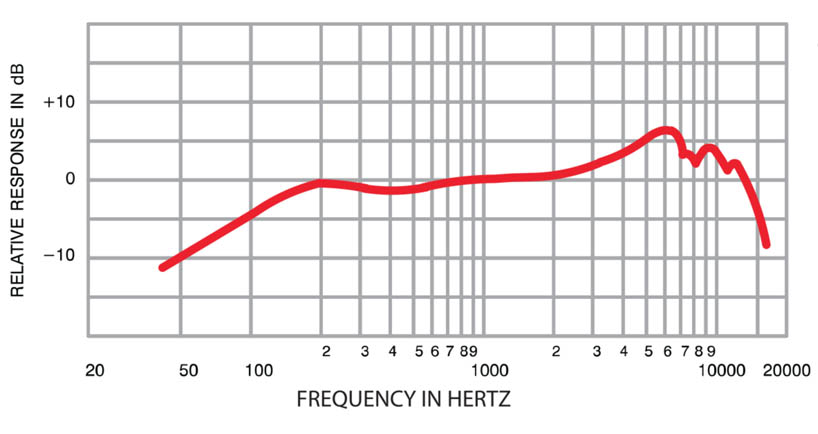
Construction
The DX-2 is made of an all metal construction, and while it certainly isn’t the tank that people know and love the Shure mics to be, the DX-2 doesn’t have a cheap or poor quality feel to it.
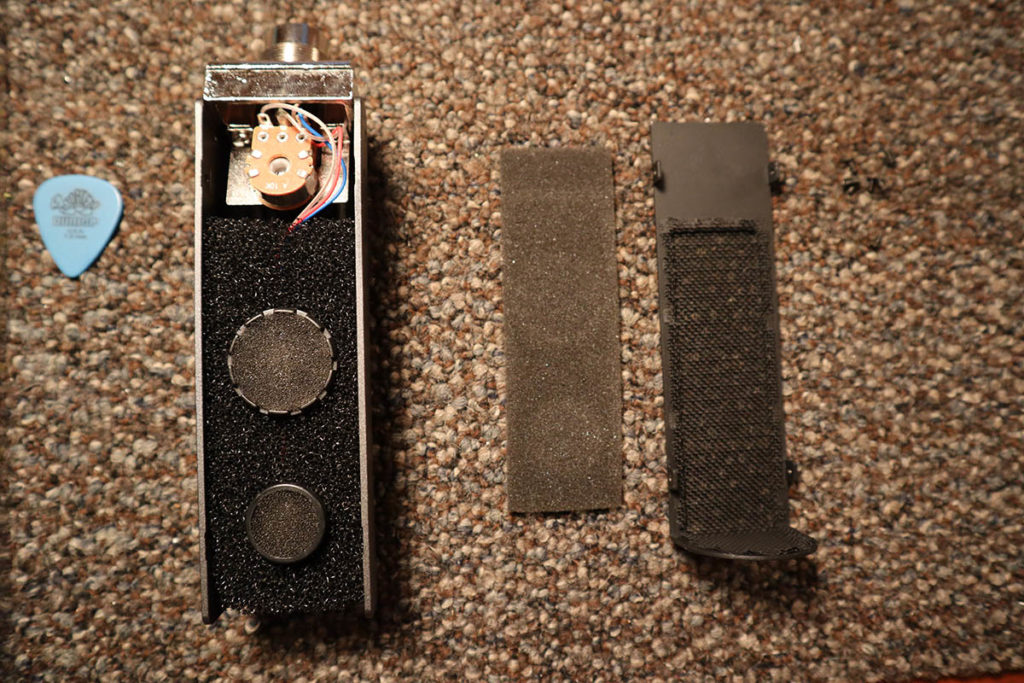
The screen has an interesting honeycomb structure over it which I’m sure increases the stability of the screen dramatically and provides a good bit of protection to the capsules against something hitting it.
The crossfade adjustment knob feels very smooth like the dial behind it is made of a quality component. The crossfade adjustment is on the stiffer side, which is great as you don’t want that to move once you start recording a loud amp that’s moving a ton of air around the microphone.
Design
The design is a side address style which allows the mic to be draped over the amp from the mic cable without needing a stand. The microphone does come with a hard mic stand mount so you can use it with a stand if you so choose.
While this design is clever, and convenient in down and dirty applications, in a studio or home recording setup you’ll most likely want to place this on a stand so you can get just the right sound by inching the mic away from the speaker. A mic that is right on the speaker cone can lose some of the overall fullness of the sound. Moving the mic back a couple inches can really make a huge difference in the overall tone.
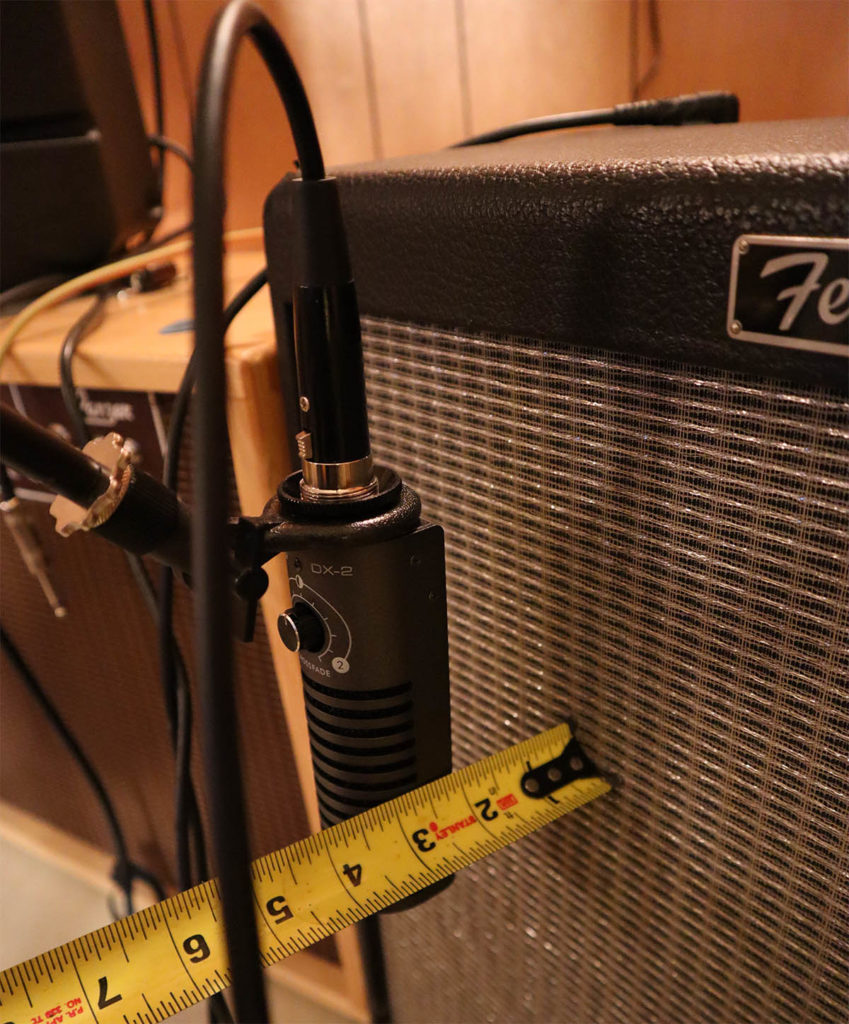
I found that placing the DX-2 on a mic stand allowed for much more flexibility and I was able to adjust the mic much more to my liking, especially when driving the amp hard into some distortion. Too close and the DX-2 was picking too much flub or woof from the speaker. 2 Inches as shown here retained the warmth and low end but cleaned up much of the excess noise.
Useability
The MXL DX-2 is built and designed to allow for multiple sonic options, and a unique side address for easy setup. But do these features really save time? To answer this question you have to know what you’re going to use the mic for.
Are you the type who has a multi-mic setup for each amp, running each into separate preamps and eq’s? Then this mic probably isn’t for you. A multi-mic setup allows for the ultimate sonic tweaking and someone who deals with the logistics of that configuration will ultimately be frustrated by the lack of control allowed by the DX-2.
Same situation with the side address design. Some people like to record ‘down and dirty’ and will through a 57 over the top of an amp and not worry too much about specific placements, while others have exact mic configurations mapped out to the ¼ inch. If you’re closer to the first person than the DX-2’s design will be a godsend. If you’re closer to the second, then you’ll end up using the DX-2 with a mic stand anyway and it really won’t save any time there.
The MXL DX-2 fits in the in-between world of a one mic setup and a multi-mic multi-preamp configuration. You get the simplicity of having a single microphone with the flexibility of the crossfade between multiple capsules. While you end up sacrificing some control, you gain a quick way to dial in an awesome tone.
Comparison to Shure SM57
I briefly touched on this earlier, but the construction of the DX-2 isn’t quite as tank like and indestructible feeling as the SM57. Everyone knows that the Shure SM series microphones are solid hunks of sweet music making machinery. However, the DX-2 is nothing to baby too hard. It features a full metal design, honeycomb grid protecting the screen, and a solid metal base for the XLR cable.
The DX-2 weighs in at 0.45 lbs while the SM57 comes in at 0.63 lbs, making the DX-2 29% lighter than the SM57. It is about the same length at just over 6 inches, but because the DX-2 is side address and the SM57 is front address they’ll be oriented in different ways and isn’t worth comparing in that way.
The SM57 commonly sells for a nice round $99 while the MXL DX-2 comes in considerably under that at a sale price of $79, making the DX-2 20% cheaper than the ‘57.
Soundwise, the SM57 has a balance to it that is hard to beat. Comfortable, full low end with plenty of mid-range and top end make the SM57 just so good in almost every amp mic situation. The DX-2 does offer some great clarity and crispness that I really love without any EQ. With that said, the SM57 could do that same thing with an EQ tweak or two as well.
What You Get
The MXL DX-2 comes with a hard mount mic stand adapter, a protective pouch, a microfiber MXL polishing cloth, and a 1 year limited warranty.
This mic comes in a nice branded box and packed into a considerably large foam insert that will keep the mic safe all the way to your door.
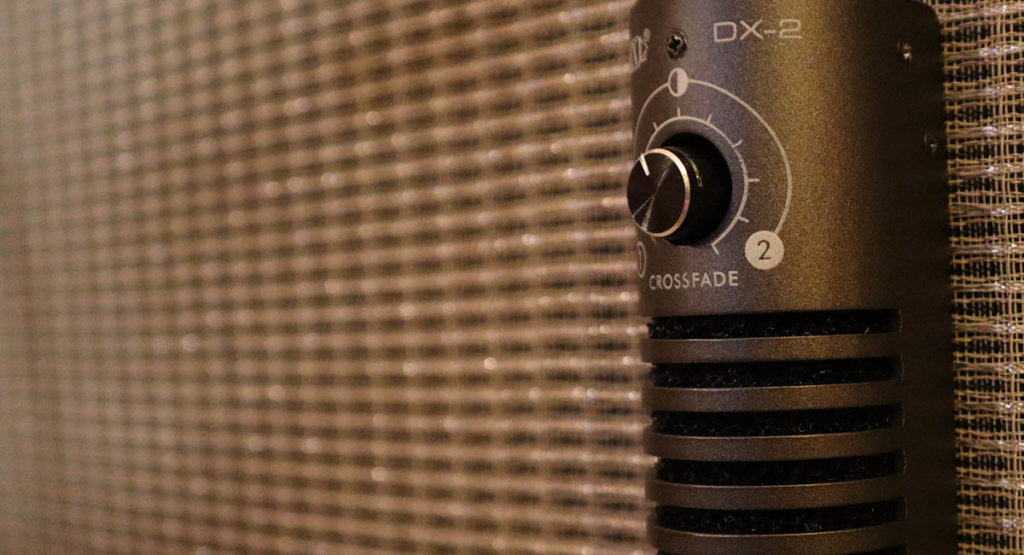
Conclusion
The MXL DX-2 is a unique dynamic instrument microphone that goes beyond the standard dynamic mic style to bring the added flexibility of two blendable cardioid capsules. It’s great to see mic manufacturers developing interesting products that address real life scenarios musicians and producers find themselves in.
For the user who doesn’t demand the highest level of control, this microphone will be a great addition to their recording arsenal. And while this mic could be used in complex recording scenarios, I have a feeling that the in-mic capsule summing would turn off those that desire complete control over the mic’s parameters.
I think the DX-2 is perfect for someone who already has an SM57 in their collection and wants something in the same class that will provide an enriched set of tonal options.
The price point makes this microphone available to more people, and great for those looking for a first microphone when building their home recording studio. This is essentially two dynamic mics in one, and from that perspective is a great way to get the most bang for your buck when just starting out recording.
I’m a huge fan of the MXL DX-2 and think this is absolutely a microphone worth adding to your recording arsenal.
